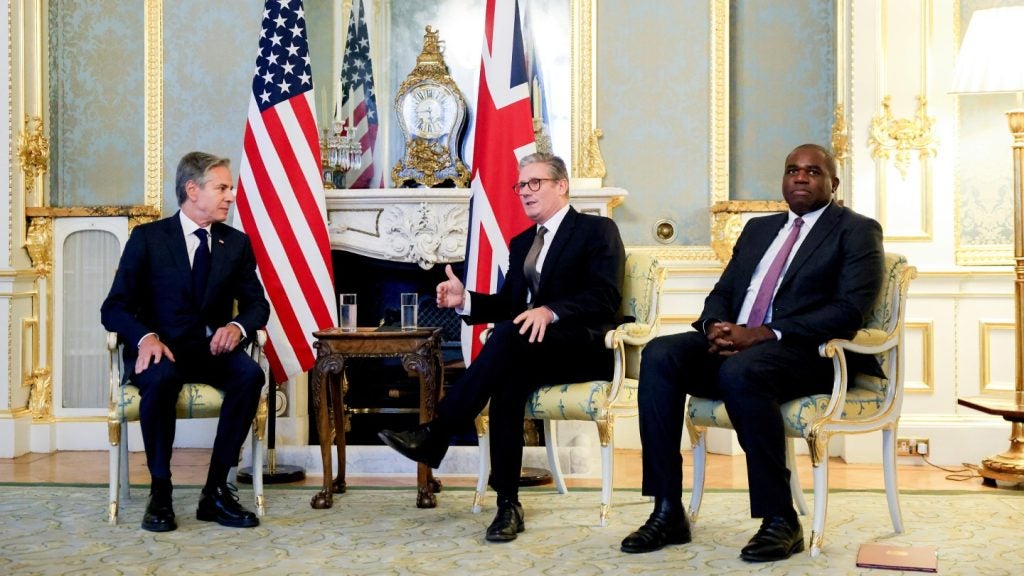Iran has sent new close range ballistic missiles (CRBMs) to Russia in a bid to bolster its full-scale invasion of Ukraine, US Secretary of State Antony Blinken said yesterday (10 September 2024).
Russian forces could use the Iranian CRBMs within a few weeks as the conflict in Ukraine enters a crucial winter period, ramping up pressure on the US and Europe to permit Kyiv to launch long-range missiles into Russia.
The US State Department and Treasury have imposed fresh sanctions on Iran, joined by France, Germany and the UK.
London has restricted national carrier Iran Air, as well as placing travel bans and asset freezes on several Iranian military figures in the Islamic Revolutionary Guard Corps (IRGC).
Could Ukraine be given free reign for long-range strikes on Russia?
The news comes ahead of a meeting in Kyiv between Blinken, Ukrainian President Volodymyr Zelenskyy, and UK Foreign Secretary David Lammy today (11 September).
The trio will reportedly discuss lifting restrictions on Ukraine’s use of long-range weapons in Russia, namely the UK- and France-supplied Storm Shadow and Scalp-EG cruise missiles, which also use US technology.
When asked about permitting long-range missile strikes, President Biden said his administration is “working that out now”. Biden is due to host UK Prime Minister Keir Starmer in Washington on Friday (13 September).
Lammy said “Iran must stop supporting Putin’s unprovoked, premeditated and barbaric attack against a sovereign democratic state”.
What does Iran get in return?
Tehran has long sought Su-35 fighter aircraft and S-400 air defence missile systems from Russia.
Moscow is yet to send them, according to most reports, as President Putin wants to maintain good relations with Saudi Arabia and the UAE, two of Iran’s main rivals.
Iran and Russia have held a long-term arms pact to trade drones and other weapons. Remnants of Iran’s Shahed-136 drones have been identified on the Ukrainian battlefield on multiple occasions, and Tehran sent Moscow a large number of powerful surface-to-surface ballistic missiles in February.
Russia is seeking to become less dependent on Iran as it aims to domestically build 6,000 Geran-2 drones by 2025 at a new factory in the Tatarstan region, albeit using Iranian designs.









